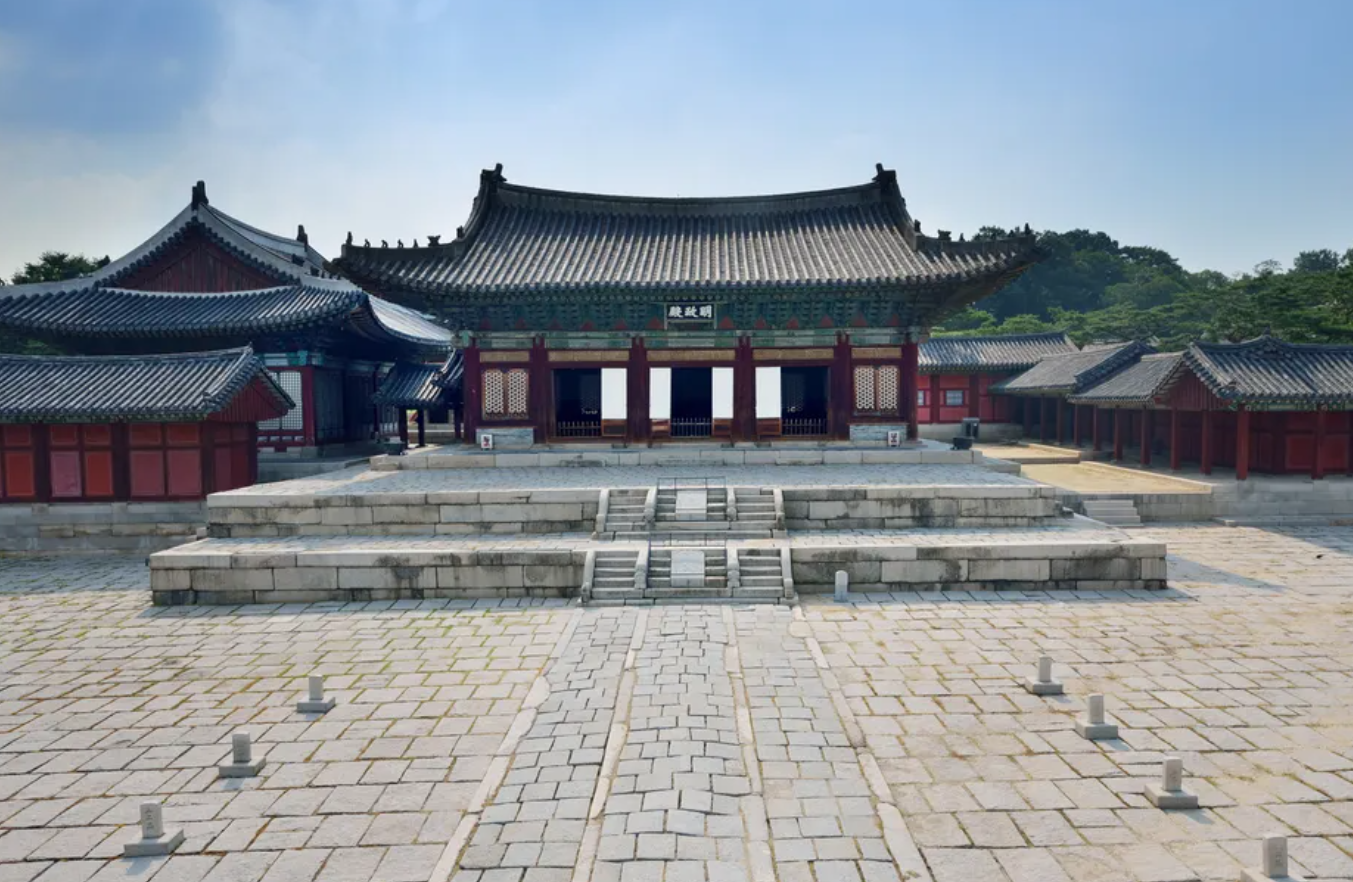First, a brief history and introduction

When King Taejong abdicated to King Sejong and stepped down, he built a new palace close to Changdeokgung Palace, and lived there. This marked the beginning of Changgyeonggung Palace. But the Japanese forces entirely destroyed Changgyeonggung Palace through fire during their invasions of Korea.
Following King Sunjong’s ascension to the throne, the Joseon Dynasty fell and was drastically changed and it suffered severely during the Japanese colonial period. In 1909, the Japanese dismantled the gates and walls of Changgyeonggung Palace and constructed Japanese-style structures to house a zoo and botanical garden, resulting in an entertainment park. A pond named Chundangji was constructed on the grounds of Gwon Farm, a pavilion was built, and the palace was converted to Japanese design. A botanical hall was built behind it, a culture hall to the east, and a Japanese-style building on the hill behind Tongmyeongjeon to serve as the museum’s primary structure. Furthermore, the Japanese brought the remaining structures and turned them into exhibits for museums.
In 1981, the Korean government decided to restore Changgyeonggung Palace to its original state. On December 31, 1983, public viewing was discontinued, and the name reverted from Changgyeongwon to Changgyeonggung Palace. The following year, beginning with the dismantling of Sujeong Palace in January 1984, the animal enclosure was closed in June and relocated to Seoul Grand Park. By August 1986, the zoo and botanical garden-related facilities, as well as the Japanese-style buildings, had been dismantled, and the left and right corridors between Myeongjeongjeon and Myeongjeongmun and Munjeongjeon had been restored to their former appearance and opened to the public on August 23, 1986.
How to get there and the ticket price
To get there, take subway line 3 and get off at Exit 3 of Anguk Station. Alternatively, you can get off at Exit 7 of Jongno 3-ga Station on Lines 1, 3, and 5. By bus, take bus 109, 151, 162, 171, 172, 272, 710, or 7025 and get off at the Seoul Donhwamun Traditional Music Center stop.
The entrance fee is 1,000 won for both Koreans and foreigners. It costs less than a dollar.
Opening hours are from 9 AM to 9 PM and last admission is 8 PM. Unlike Changdeokgung Palace Garden, reservations are not required.
A must-see building in the Changgyeonggung Palace

Honghwamun
It is the main gate of Changgyeonggung Palace, and it was traditionally employed as a public communication hub during the late Joseon Dynasty, particularly under King Yeongjo and King Jeongjo. Prior to imposing the law, King Yeongjo held public hearings and debates here, as well as an event to donate rice to the impoverished before and after his visit to Suwon Hwaseong Fortress.

Myeongjeongjeon
It is a location where subjects send New Year’s greetings to the king or organize national rituals. It burned destroyed during the Japanese invasion of Korea in 1592 and was rebuilt in 1616, where it still remains today. In other terms, Myeongjeongjeon is the oldest surviving palace structure. As a result, it is regarded as a vital resource for researching the wooden architectural style of the mid-Joseon Dynasty in the early 17th century. In comparison to other palaces’ main halls, it is extremely tiny in size. This is because Changgyeonggung Palace was initially designed as a splendid palace attached to Changdeokgung residence, rather than a residence for the monarch to stay in.

Yeongchunheon
This is the residential building of Changgyeonggung Palace. ‘Yeongchun’ means ‘welcoming spring.’ Yeongchunheon also appears to have originally been the residence of a concubine.
It takes approximately 1 hour to tour the entire Qingjing Palace. If you have time, it would be a good option to go to Changdeokgung Palace together with the nearby Jongmyo Shrine. enjoy your trip!

